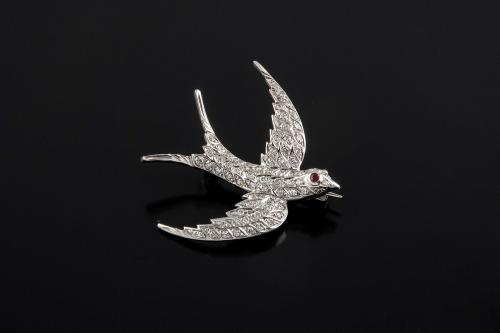

The majority of originals are no longer played, but are instead preserved for posterity. Intimately tied to the development of the Baroque guitar is the alfabeto system of notation. Because of their age, these items have a very high value. The baroque guitar in contemporary ensembles took on the role of a basso continuo instrument and players would be expected to improvise a chordal accompaniment with another basso continuo instrument playing the figured bass line. Today’s Baroque guitars are primarily collector’s items or items found in museums and historic representations. So that musicians could gather around the sheet music and all follow along at the same time, several bars of the sheet music were printed multiple times on one page, each set facing a different direction. Sheet music was often printed in a specific style to allow groups of musicians to play together due to the intricate nature of classical guitar music. Instrument inventories and payrolls of royal households in many locales throughout Europe of this period include. The guitar pictured here was made in 2000 by the Canadian luthier Michael Schreiner, who modeled it after extant Baroque instruments. Today’s guitarists may prefer to use a “playing ear” approach, whereas baroque guitars were frequently used with sheet music. This guitar is a plucked box-lute chordophone of Baroque (16 th - mid-17 th century) Europe. The average academic student spent several hours each day practicing guitar or another instrument, and playing the baroque guitar was seen as a status symbol. It’s important to remember that music was a huge part of life during the Baroque period. The origins of specific tunings for the instrument can be traced back to certain composers. The tuning of baroque guitars varied depending on the musical school. Each pair of strings received vibrant tones as a result of this. Depending on the guitar model, there were five sets of strings for a total of nine or ten strings. On baroque guitars, the strings were divided into five “courses” or sets.

This is an example of how people in that era were able to “manufacture” goods without the use of modern materials or methods. The texture of this material was similar to that of modern nylon strings used on classical or flamenco guitars.

Animal materials or “gut” that was made into long, thin strands were used to make strings for this instrument. The strings of the baroque guitar are one of its most distinguishing features. There are also some other characteristics that set this guitar apart. This guitar has a slightly different body than modern guitars available in music stores today. Please click on this link to go to the page that explains all of the front woods available.The baroque guitar is a type of stringed instrument that was popular during the Renaissance, primarily in the 15th and 16th centuries. Other qualities of front wood are available as an optional feature. The basic model instrument comes with a good quality engelmann "A" quality spruce front. In addition to the instrument described above and pictured, enhancement features can be added to the instrument. Ten pegs are put into the head so the instrument can be strung with single or double courses. My baroque guitars are based on plans of the Stradivarius in the Ashmolean Museum, and another in a private collection in Birmingham. The compilation also contains selections from Popular Classics for the Spanish Guitar, Baroque Guitar, 20th Century Guitar, Julian Bream and His Friends and Classic Guitar.

It is made to be tuned A d g b e' like the modern guitar. Includes the Scarlatti, Ravel and Rodrigo selections from The Art of Julian Bream. The flat back lowers the cost of production while maintaining a full, rich tone that is suitable for solo or continuo playing. This instrument is an exceptional value for beginners and experienced players. It is made to an original design after a study of the iconography of Spain and Italy of the 17th century.
BROQUE GUI TAR FULL
This style of instrument has been chosen because it is comfortable and easy to play, with a very full tone. Daniel Larson is pleased to offer a five course baroque guitar to the musician who needs a well-made, reliable instrument with an excellent tone.


 0 kommentar(er)
0 kommentar(er)
